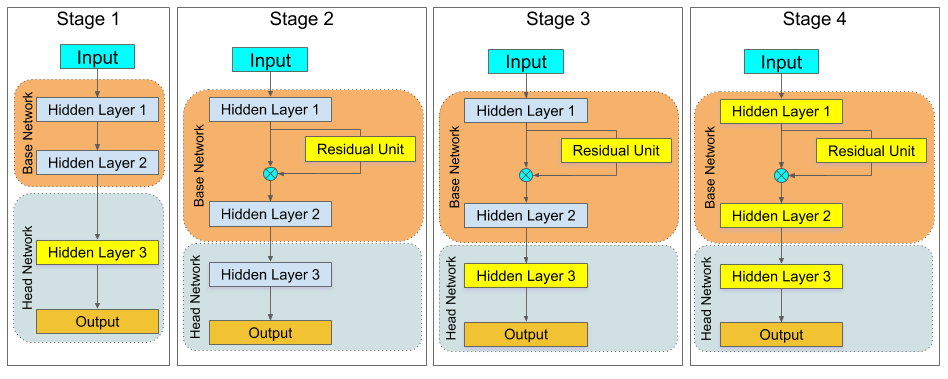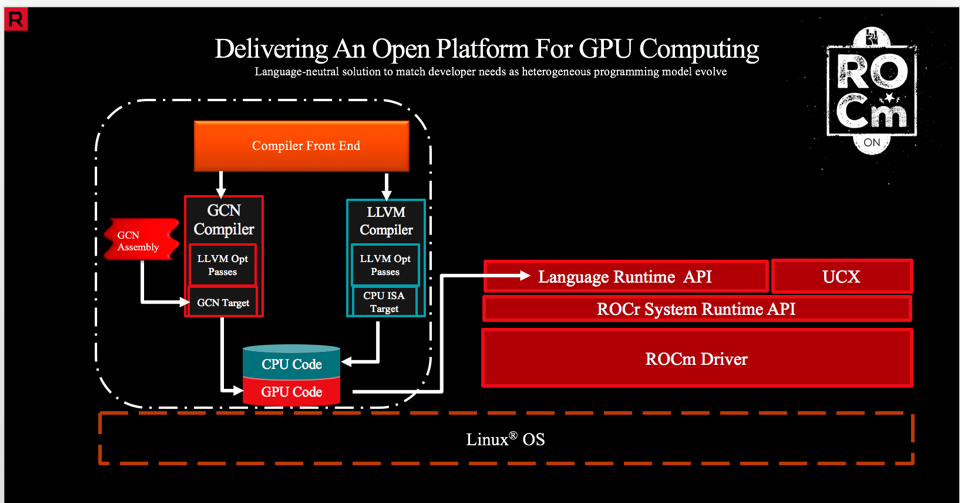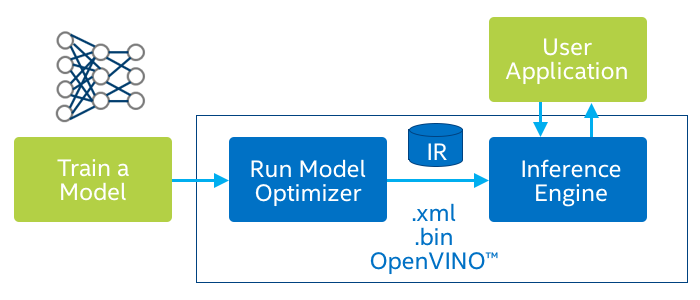Section: New Results
Deep Learning applied on Embedded Systems for People Tracking
Participants : Juan Diego Gonzales Zuniga, Thi Lan Anh Nguyen, Francois Brémond, Serge Tissot [KONTRON] .
Keywords: Deep Learning, Embedded Systems, Multiple Object Tracking
One of the main issues with people detection and tracking is the amount of resources it consumes for real time applications. Most architectures either require great amounts of memory or large computing time to achieve a state-of-the-art performance, these results are mostly achieved with dedicated hardware at data centers. The applications for an embedded hardware with these capabilities are limitless: automotive, security and surveillance, augmented reality and health-care just to name a few. But the state-of-the-art architectures are mostly focused on accuracy rather than resource consumption.
In our work, we have to consider improving the systems' accuracy and reducing resources for real-time applications. We are creating a shared effort of hardware adaptation and agnostic software optimization for all deep learning based solutions.
We here focus our work on two separated but linked problems.
First, we improve the feature representation of tracklets for the Multiple Object Tracking challenge. This is based on the concept of Residual Transfer Learning [44]. Second, we are creating a viable platform to run our algorithms on different target hardware, mainly, Intel Xeon Processors, FPGAs and AMD GPUs.
Residual Transfer Learning :
We present a smart training alternative for transfer learning based on the concept of ResNet [65]. In ResNet, a layer learns the estimate residual between the input and output signals. We cast transfer learning as a residual learning problem, since the objective is to close the gap between the initial network and the desired one. Achieving this goal is done by adding residual units for a number of layers to an existing model that needs to be transferred from one task to another. The existing model can thus be able to perform a new task by adding and optimizing residual units as shown in Figure 6. The main advantage of using residual units for transfer learning is the flexibility in terms of modelling the difference between two tasks.
|
Deep Learning Platform on Multiple Target Hardware :
Deep learning algorithms need an extensive allocation of resources to be executed, most of the research is accomplished under NVIDIA GPU's. This is limiting because it reduces the possibilities on how to optimize certain blocks that directly depend on the hardware configuration. The main cause is the lack of a flexible platform that would support different targets: AMD GPUs, Intel Xeon processors and specialized FPGAs.
We work with two hardware based platforms; ROCm and Openvino. The ROCm stack, shown in Figure 7, allows us to perform a variety of layer computations on AMD GPUs. We have managed to import different deep learning networks such as VGG16, ResNet and Inception to AMD's Radeon graphics card. On the other hand, Openvino's main goal is to reduce the inference time of a network. For this solution, we count on the Openvino Optimizer, shown in Figure 8, which main goal is to transform the network model from Caffe or Tensorflow into an Inference Model for Intel's processors and FPGAs.
We also built docker images on top of the above mention platforms, this is done to speed the deployment stage by being operating system independent.




